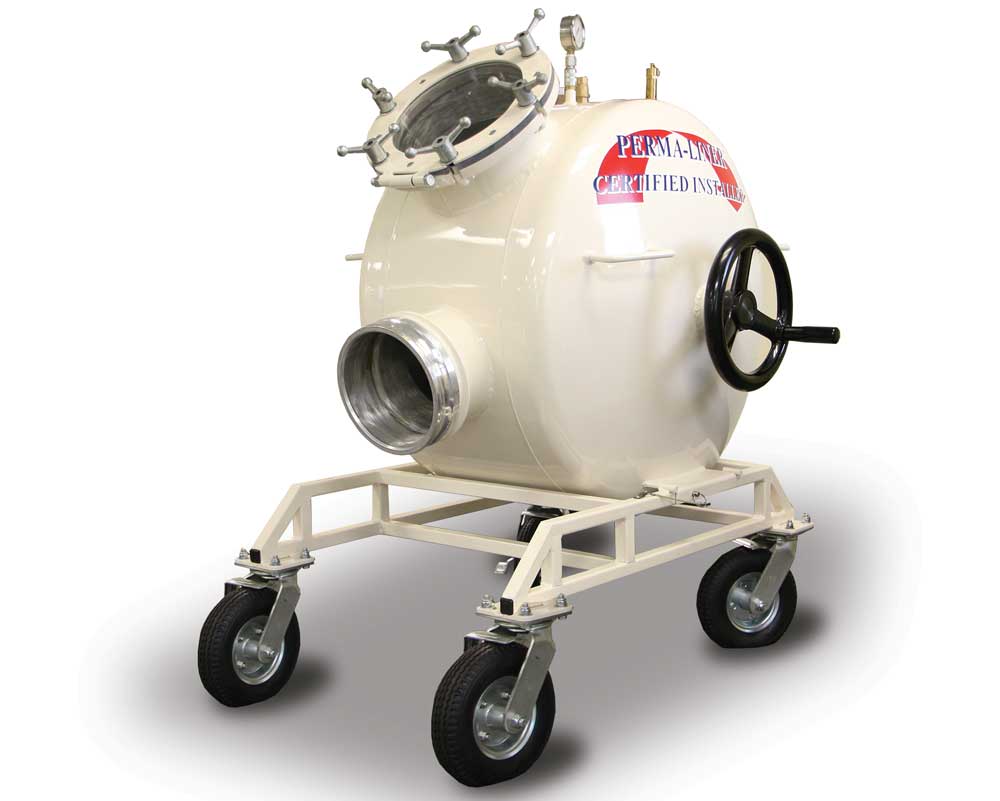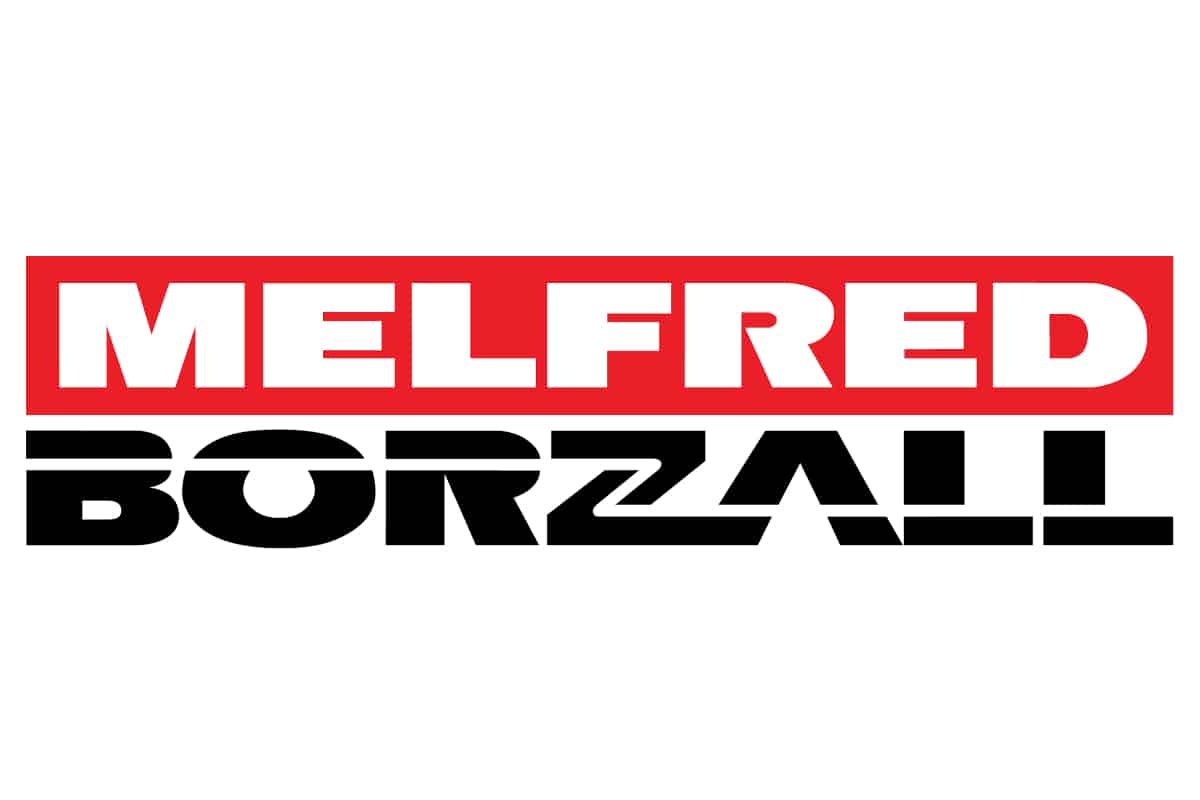
What You Need to Know about Equipment Financing
Most companies finance their equipment. More than 79 percent of U.S. businesses have used some form of financing, according to the Equipment Leasing & Finance Foundation, with nearly $1 trillion funded annually since 2015. Those figures attribute to nearly
5 percent of our country’s gross domestic product.
What does a company need to obtain credit? Time in business and comparable business credit are the two biggest indicators a lender will be paid back. Similar to personal credit, businesses need credit history in order to borrow. For business credit, be sure to ask your lender what credit agency they report to and make sure it will be reported on your company and not your personal credit. It is surprising how many business owners will put business assets or financed transactions for their business in their personal names. This can leave owners open to liability.

Establishing business credit history early is a key driver for making future finance purchases easier, but too much debt is an indicator to a lender that a business could default. For total debt, it is recommended to stay within leverage ratios that are common within your industry. Certain amounts of debt that are perfectly ok for one industry might not be for another. To get an understanding of what amount is right for your business, it is recommended to talk to your lenders, accountant, and other industry peers and associations to get an idea of what is normal.
Personal credit is part of the decision process for smaller businesses. Lenders still look at an owner’s personal credit if a company is considered a small business. The reason for this is based on statistical data and the data tells them the credit of the owner matters for deal performance. The owner’s history becomes less relevant the bigger the business is. When an owner’s history is typically no longer considered in the equipment finance world is for businesses with $5 million to $10 million in annual sales or more than 50 to 100 employees.

Most people are surprised to learn how accurate a finance company needs to be with its decisions. Lenders need to be “A” students. Finance companies forecast for losses, but those losses are only 2 to 3 percent of their total portfolio. If a lender is over that threshold, they won’t cut it in the finance industry and can find themselves out of business in a hurry. These types of ratios leave little wiggle room to be wrong on their decisions. Some specialty finance companies have additional room for losses if they are experts at recovering and reselling the assets they lend against or a lender might focus on more challenging risk profiles but will need to charge more to their customers because of the higher rate of losses that will be in their portfolio. The greater the chance of loss, the higher a customer’s terms will be to mitigate the overall risk in a lender’s portfolio.
Business equipment lending is different than consumer lending. Consumer lenders have fewer variables to understand. The average consumer has wages that are reported on a W2 statement with regular income and typically borrow for personal automobiles, houses and other products that are easy to understand. A Honda Accord or a three-bedroom house is easy to understand. Lenders can quickly know the value and find a willing buyer because the pool of prospects is large. Businesses in contrast have multiple variables that are unique to one’s industry. A plumber is different from an arborist, a pest control operator and water well driller. They each have unique equipment, vehicles, and real estate needs that are specific to their industry. They also vary drastically by size and ownership.
This makes business lending harder to understand and more challenging to lend to. Because of this, businesses can spend a lot of time explaining what their company does and what their equipment will be used for to a lender that doesn’t focus on what they are looking to finance.

Choices for Financing
Loans are what comes to mind when borrowing, but leases and equipment finance agreements are the most popular choice for financing equipment. The latest survey from the Equipment Leasing & Finance Foundation show 44 percent of all companies that financed equipment used a leasing product followed by 29 percent with a line of credit, 22 percent choosing a loan and 5 percent utilizing some other form of financing.
This does not include credit card purchases, as they are lumped in as a cash purchase, according to the survey. If included, credit cards would have surpassed every category except leases and equipment finance agreements as the most popular product to finance equipment.
Leasing products can allow customers to retain ownership from the start. A lease or equipment finance agreement is payment based with minimal out of pocket expenses. It is designed to match a business’s cash flow needs. A lease typically leaves the ownership of the equipment with the lender with options to return the equipment, purchase, or continue to rent at the end of the term. An equipment finance agreement has the qualities of a lease and loan. It is like a loan where it gives ownership of the equipment to the borrower from the start with no purchase option of any kind. Like a lease where it is based on a monthly payment with minimal out of pocket expenses.
Don’t get stuck on the never-ending treadmill. A line of credit or a credit card are great tools for short-term financing when a borrower needs equipment on a project that will be paid off in a short period of time. A business must be disciplined to pay down the balance owed because only the interest or a nominal payment is due. If they are not careful, the borrower could get into trouble if a line gets called, isn’t renewed or rates drastically rise with the original balance still due and aging equipment that may or may not be generating income.
If a business can purchase equipment outright, it still might be wise to finance a portion and keep cash on hand. Cash is still king. Businesses with large amounts of cash are more likely to stay in business and can take advantage of opportunities with a strong reserve on hand. How many times have you heard, “I wish I had less cash available?” It’s nice to have that safety net and financing can allow the equipment purchased to pay for itself.

The Right Partner
Investing in the right equipment can be a challenge. Finding the right finance partner to make the purchase can pose its own set of problems. Thankfully, resources are available, if one knows where to go. If you don’t know where, industry associations are valuable resources for lenders that understand your industry and equipment. Many suppliers that sell equipment also have relationships with finance companies that specialize in their products. Industry peers are another great resource.
The three primary types of companies that finance equipment are banks, captives and independents.
Today, most banks are focused on middle ticket to larger-sized transactions. A bank’s median transaction size for equipment is more than $533,000. Its cost to do business is high and it needs larger deals or cookie cutter products in order to make money. A bank’s largest channel for business is direct from a vendor or manufacturer and, in some cases, local banks cannot finance any business equipment at all. Overall, banks don’t have the same experienced commercial representatives the industry used to have at traditional branches. If its does, the employees are often located in regional offices focused on different types of products and asset types and might be completely unrelated to your local bank branch.
A captive is a manufacturer- or vendor-owned finance company that is focused on the products it sells. Captives are great at financing its own product, but typically don’t have the ability to lend against your other equipment. The median transaction size for captive finance companies is just over $332,000.
An independent is owned independently from any bank or vendor. All it does is finance equipment, and it does not take deposits, manufacturer, or sell equipment. Independents have filled the void many banks have left behind for financing smaller transactions under $250,000. The median transaction size for independents is $103,000.
How does the future look for business equipment financing in 2020? The answer is slow and steady. Confidence has dipped, but capital spending on business equipment is still forecasted to increase by 1.1 percent. Lenders portfolios are strong, and capital is available for those who seek credit to purchase equipment.

